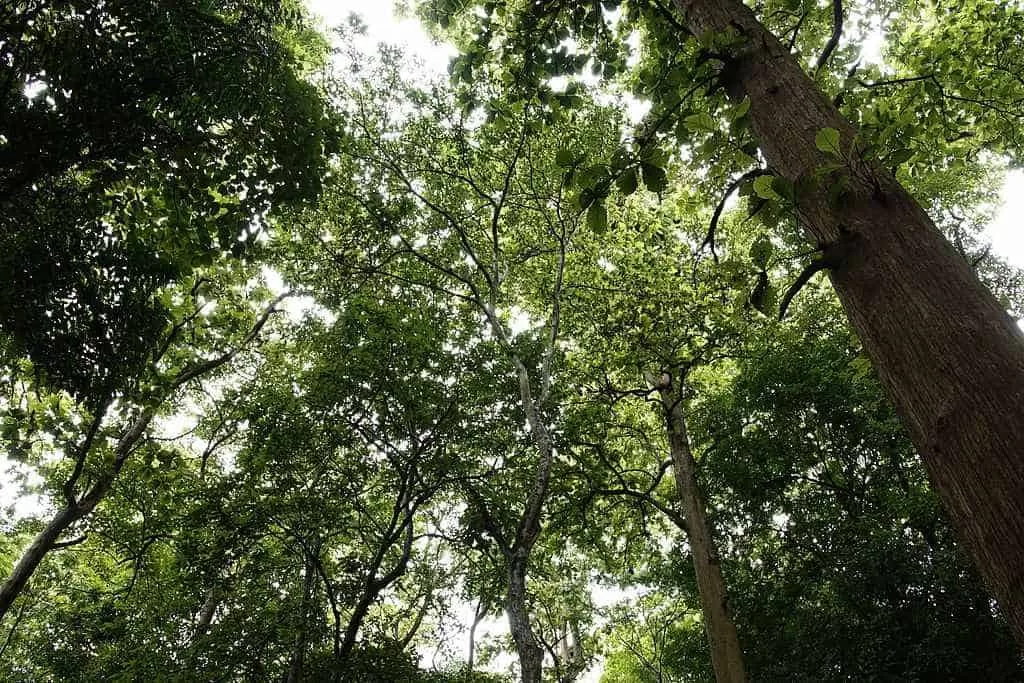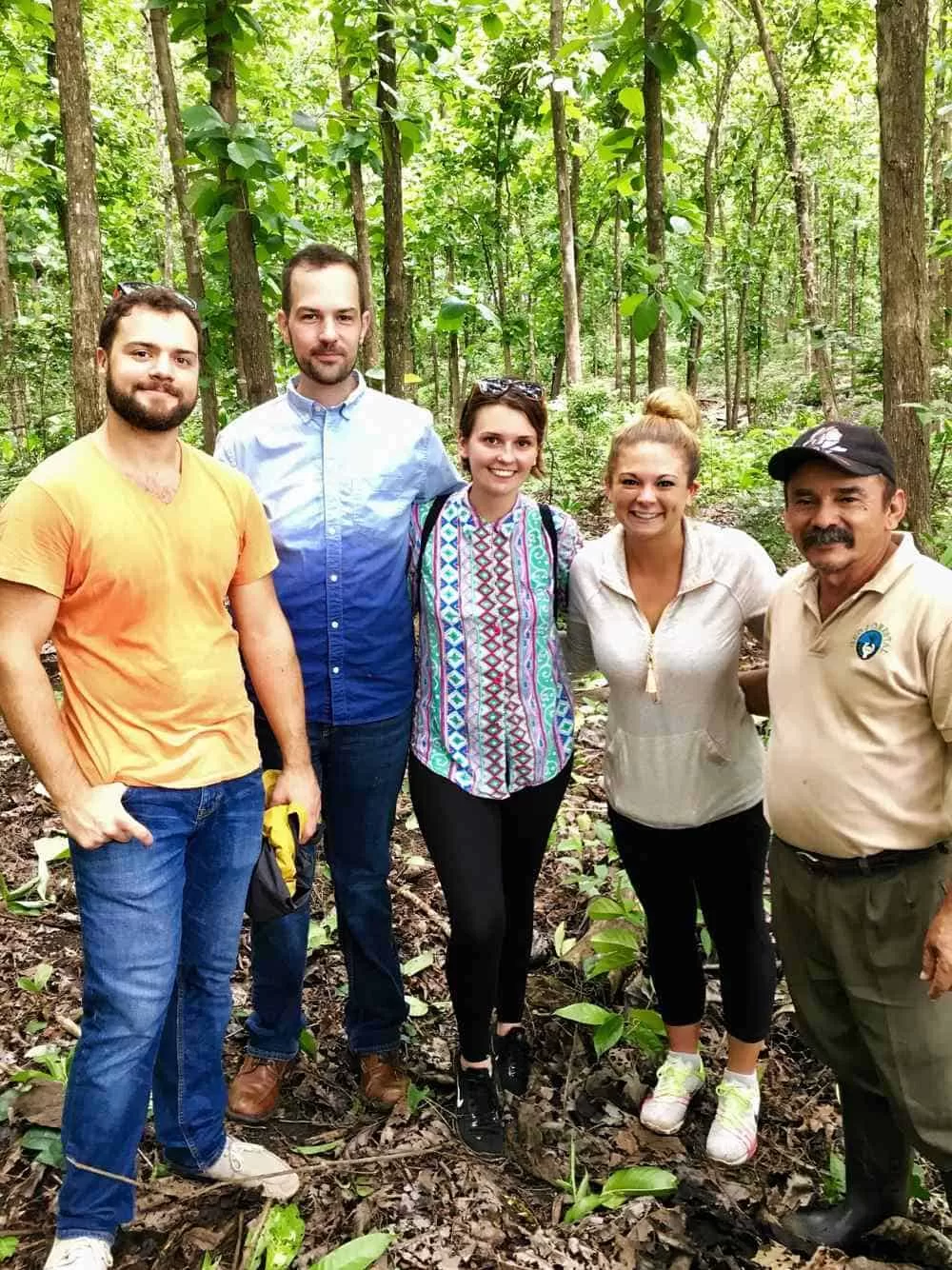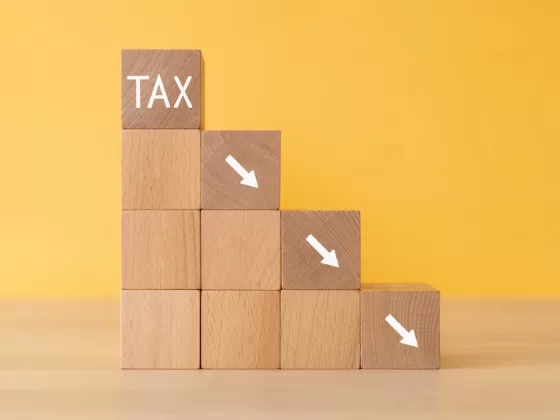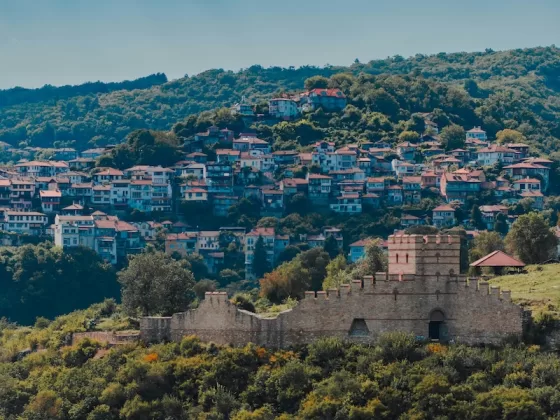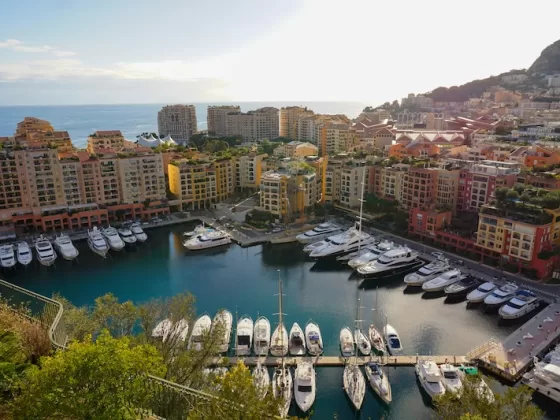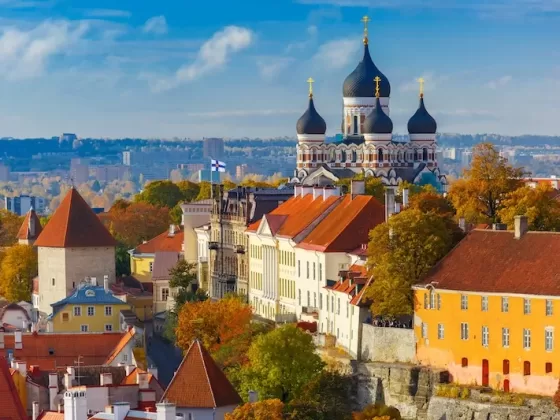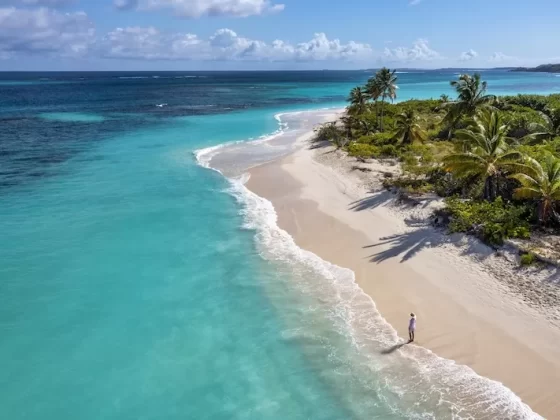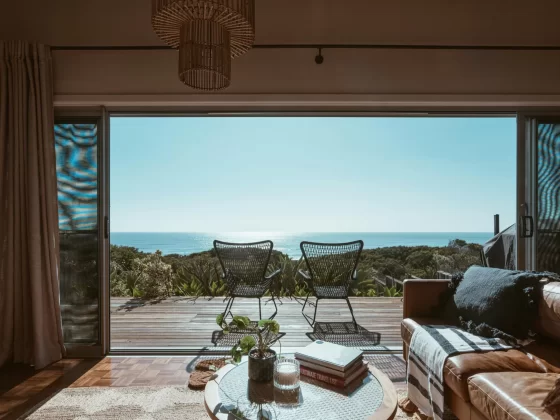Teak Plantations in Latin America
Teak is originally from Southeast Asia, natively growing in Myanmar, India, Indonesia, the Philippines, and Malaysia. It is known for growing best in a tropical climate and is so valuable that it has grown harder and harder to find on that side of the globe. In fact, in some countries, like Myanmar, it is no longer legal to harvest.
Myanmar was supplying about 75 percent of the world’s teak supply, but in so doing, was greatly de-foresting its own land. It makes sense that it would take measures to heal itself from the devastation from so much logging, but then there begs the question, where do we get more teak?
Why do we need teak at all?
What sets teak hardwood apart from other types of wood is its strength and its water-resistant resin. These qualities make it an especially valuable wood used for boat manufacturing and building projects that include decks, trim and railing. Aside from being weather resistant, teak is also resistant to fire – making it even more of an asset in home and boat building. That’s why it’s so useful, and why we want to hold onto it.
In order to increase the amount of available teak wood, countries in Latin America are now growing teak plantations and offering incentives for those who’d like to capitalize on the growth of the tree. Three of Latin America’s most popular plantations/incentives are located in Panama, Nicaragua and Costa Rica.
Latin American Teak Programs
With demand for the wood increasing steadily, it has become necessary to find other geographical areas where it can flourish. Tropical regions in Latin America have begun to take notice and offer international investment programs so as to catch the eye of anyone looking to make sizeable investments in other countries, and perhaps even to catch the eye of those looking to relocate entirely.
Panama offers a permanent residency program in exchange for a $50,000 USD contribution to the teak forestation project. The residency can lead to full citizenship as well as exemption from taxation on capital gains from the project and exemption from property taxes on the land during the project.
The Nicaragua program requires an investment of $30,000 USD or more. Nicaragua already offers a residency program for investors, with qualifying programs already laid out, however teak is now one of the options for residency.
Paperwork must be supplied in-person at the immigration office, and 30 days must be spent in the country, but the investment would be a strong one compared to other possible investment vehicle options. Teak is known to be a steadily growing investment, yielding a 5.5% return on average in the past and continuing to rise in value. That’s not to mention the creation of generational wealth in this manner.
Costa Rica has a teak plantation on the Nicoya Peninsula, and while it doesn’t have a residency program to offer for this type of investment, the asset is grown there for those looking for options for international portfolio-building.
Why Invest in Latin American Teak Rather than African Teak?
Some countries in Africa are also expanding into the teak market. They see the same investment and growth potential that everyone else is seeing, and it’s just as lucrative a market for them as it is for Latin American countries, thanks to the tropical climate near the equator. However, there is one vast difference between African plantation programs and Latin American plantation programs. The Latin American programs are run by private entities, and the African teak plantations are government-run.
It is generally understood that working with a government rather than with a private entity brings about a lot of red tape/presents a lot of new hoops to jump through. Not only are there extra restrictions this way around (even regarding how much/when you can harvest your own trees), but you are also entrusting your investment funds to a foreign government. This adds to your risk factor, since you never quite know what to expect in that regard.
Private programs in Latin America are better known for being user-friendly and for a lack of red tape and crippling regulations. Of course, when it all comes down to it, you’re still making a strong investment when investing in teak, so the choice is inevitably yours.
Reforestation
Finally, it’s important to note that in contributing to the growth of teak plantations, you are helping reforestation projects everywhere. When teak is grown and offered through programs like those mentioned above, it stops the de-forestation happening in Myanmar, because after harvest, trees are quickly replanted so that the environment can continue to thrive.
Conclusion
I do hope you enjoyed this article on Teak Plantations in Latin America. We have a few more articles that will help you understand the Teak Market. Plus, as a special bonus, we have a wonderful webinar that Mikkel Thorup did with Rachel Jensen from ECI. Make sure to listen on The Expat Money Show
The Ultimate Guide To Investing In Teak Wood
Why Is Teak A Strong Investment
If you’re considering traveling or moving abroad, be sure to explore your healthcare options. Visit International Citizens Insurance to learn more and get a free quote.
